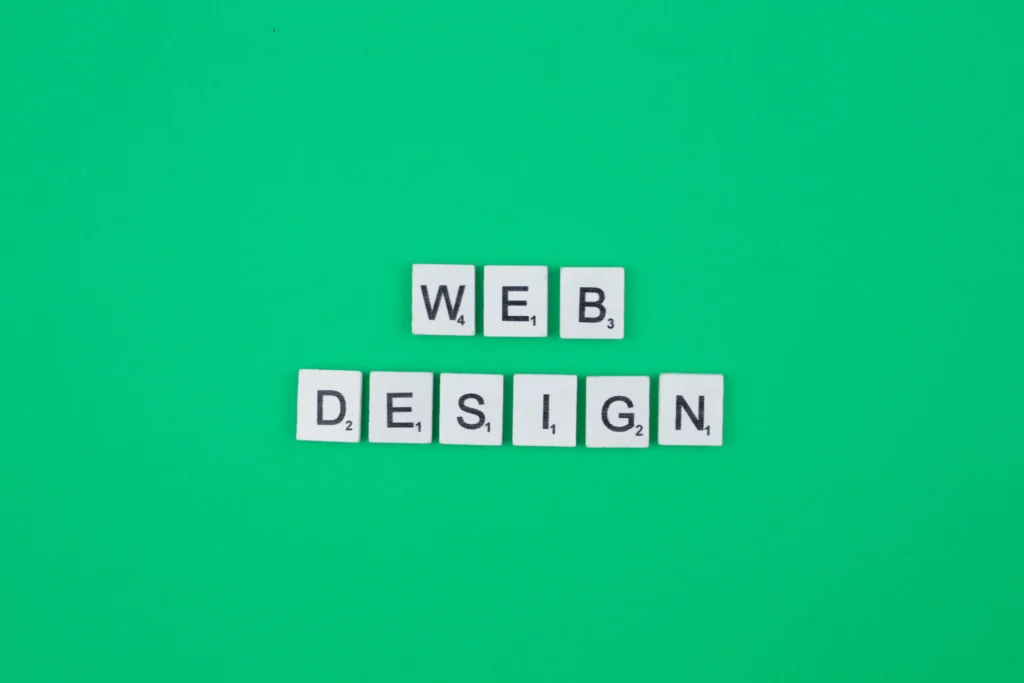
In the world of web design, typography plays a critical role in shaping the user experience and reinforcing brand identity. The right font can make a website easier to navigate, more engaging, and visually appealing. As web design trends evolve, so do font choices, and what was considered cutting-edge yesterday may be outdated today. With an ever-growing range of options available, choosing the best fonts for your website can be daunting. This article provides insights into the best fonts for web design, supported by examples, case studies, and expert opinions.
Typography goes beyond merely choosing a font. It directly impacts readability, user engagement, and the overall aesthetic of your website. Properly selected fonts enhance the website’s usability and contribute to the design’s mood and tone. As web design trends evolve, it’s important to keep in mind the changing preferences in typography.
When selecting fonts for web design, several critical factors should influence your decision. These factors ensure that your font choice enhances the user experience, supports brand messaging, and adapts to various devices. Below are some of the key aspects to consider:
Regardless of how stylish or unique a font may be, if it is hard to read, it’s not suitable for web design. Legibility is crucial, particularly for body text. Fonts with clear letterforms, generous spacing, and simple shapes tend to perform better in online settings.
Choosing web-safe fonts ensures that your text displays consistently across different browsers and operating systems. Web fonts should also perform well in terms of loading speed. Some fonts can be bulky and slow down a website’s performance.
The aesthetic quality of a font should match the overall design of the website. For instance, playful and bold fonts are ideal for a creative portfolio, while sleek, minimalist fonts work better for corporate sites.
The font should align with the brand’s voice. A luxury brand may benefit from elegant serif fonts, while a tech startup may lean toward modern sans-serifs for a clean, contemporary look.
Now that we’ve established the importance of typography in web design, it’s time to explore the best fonts that have gained popularity for their usability, readability, and aesthetic appeal. These fonts have been handpicked based on their versatility and proven success in a variety of design settings.
Google Fonts is a free library that provides a wide variety of fonts designed to work well on the web. They are optimized for both desktop and mobile use. Here are some top Google fonts that are widely used in web design:
Serif fonts are timeless and convey tradition, professionalism, and reliability. They’re often used for editorial or corporate websites. Some of the best serif fonts for web design include:
Sans-serif fonts are known for their clean, modern, and minimalist appearance. These fonts work well across different screen sizes and devices. Here are some of the best sans-serif fonts for web design:
Once you’ve selected the perfect font, it’s essential to implement it properly to maintain performance and ensure optimal design outcomes. Follow these best practices to ensure your web fonts perform at their best:
While it’s tempting to use multiple fonts, too many choices can overwhelm the design and negatively affect readability. Stick to two or three fonts to maintain cohesion. Typically, one font is used for headings and another for body text.
Web fonts can impact page loading times if they are not optimized. To mitigate this, select a font provider that uses fast content delivery networks (CDNs) and consider using only the weights and styles you need.
System fonts are already pre-loaded on most devices and offer superior loading speed. If performance is your top priority, using system fonts might be the best option for your website.
To illustrate how fonts can make a significant impact on web design, let’s look at a few real-world examples where typography plays a vital role in the overall design:
Apple’s website is a prime example of effective typography. The company uses San Francisco, its proprietary sans-serif font, for a clean and modern look that reflects its innovative and user-centric brand. The font is highly legible and works well across various device screens.
The New York Times website uses Georgia, a serif font, for its body text. This gives the website a professional, authoritative feel while maintaining readability in long-form articles. The use of Helvetica Neue for headings creates a clean contrast and adds a modern touch to the design.
Choosing the best fonts for web design is essential for creating a user-friendly and visually appealing website. Consider the factors of readability, compatibility, aesthetics, and brand consistency when making your font selection. While there are many options available, fonts like Roboto, Open Sans, and Georgia have proven to be reliable choices for modern web design. By following best practices and incorporating typography strategically, you can create a web design that enhances the user experience and strengthens your brand identity.